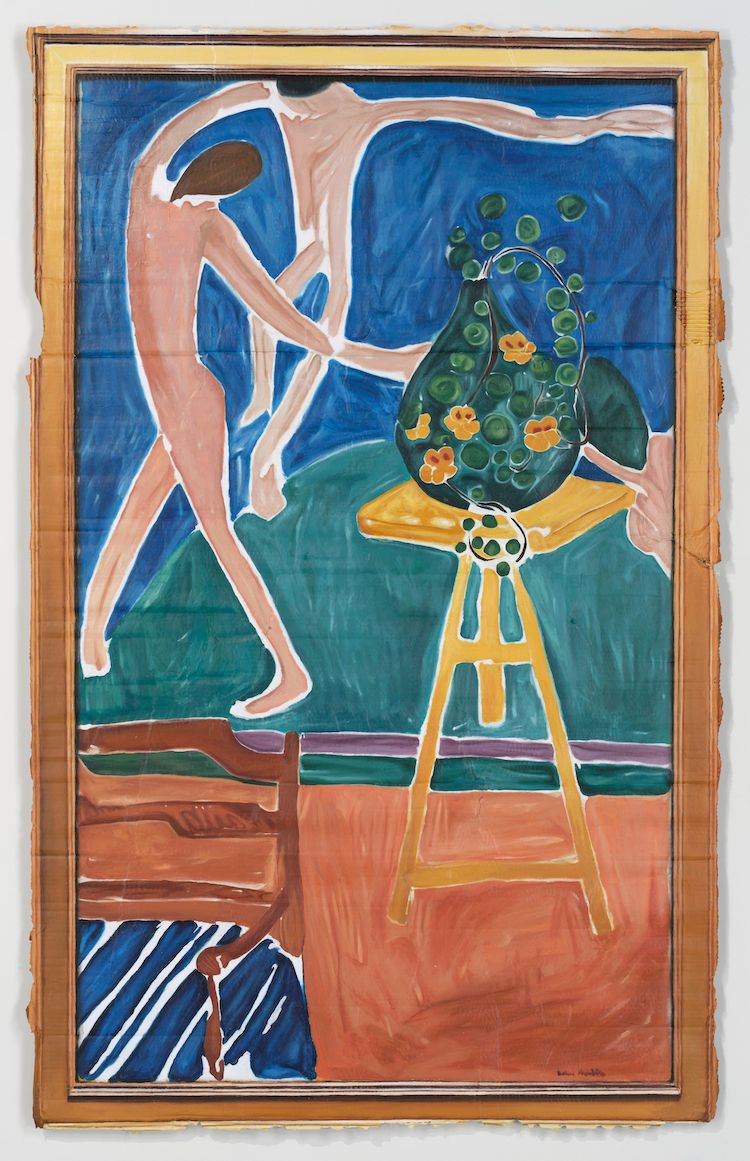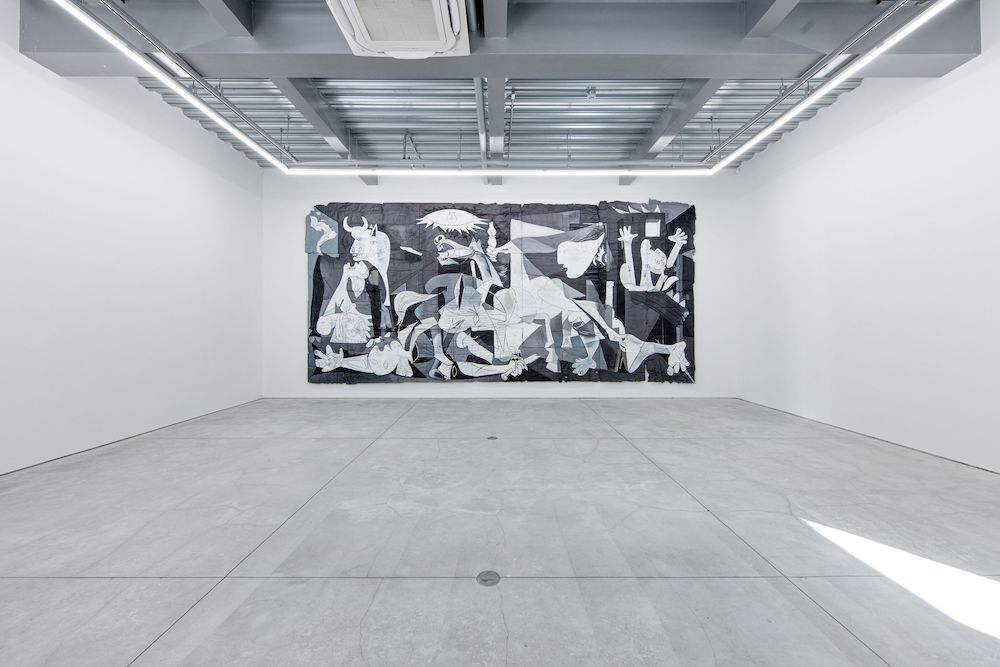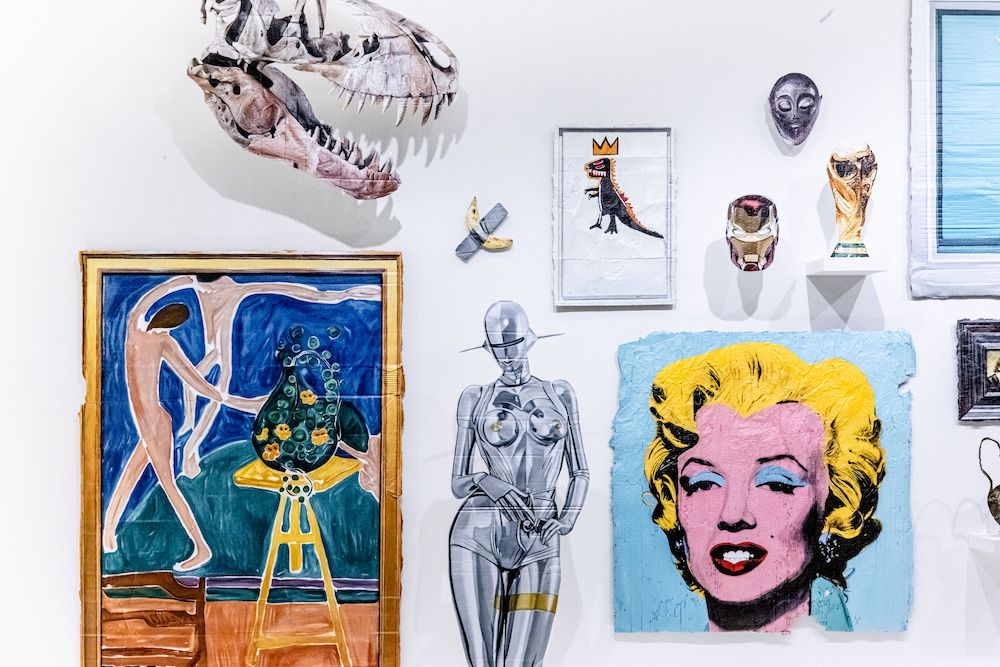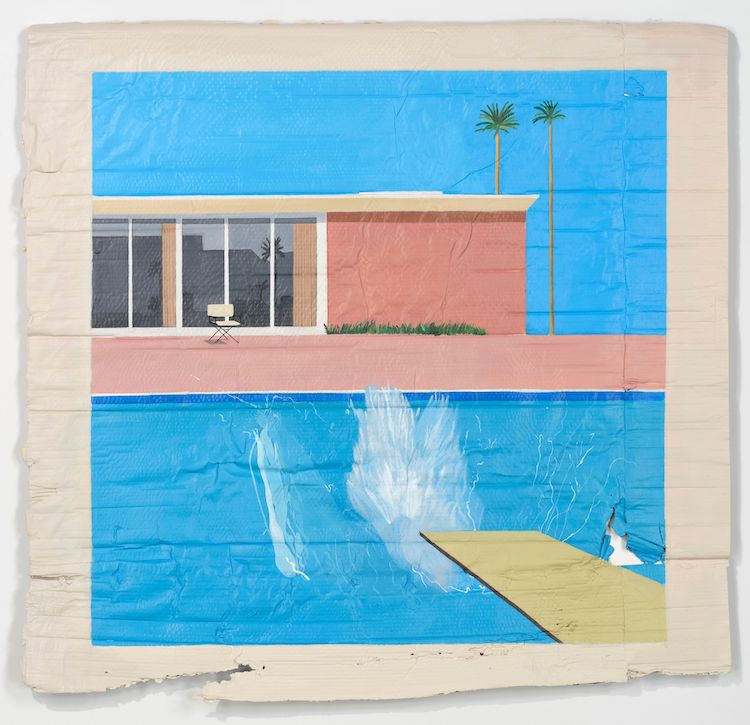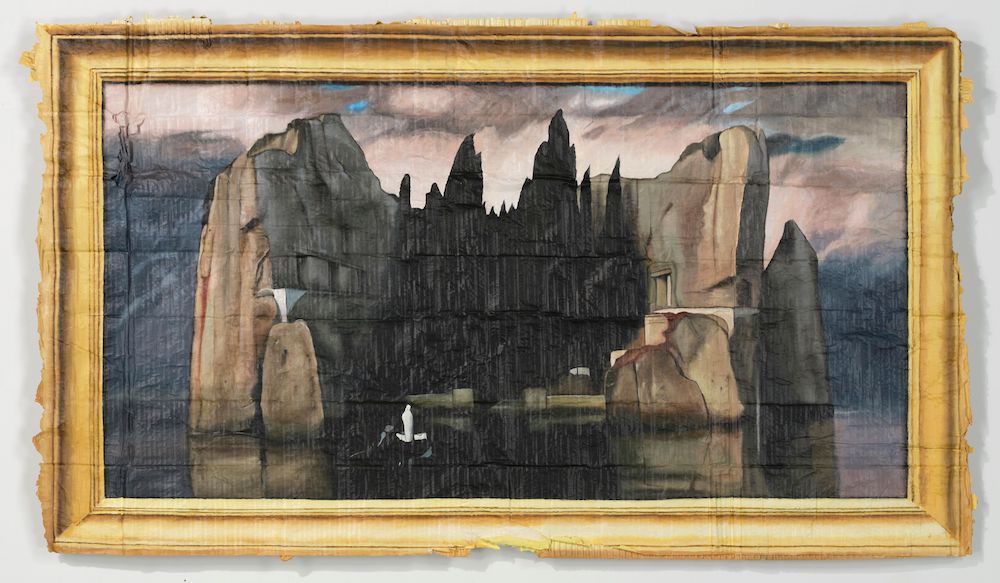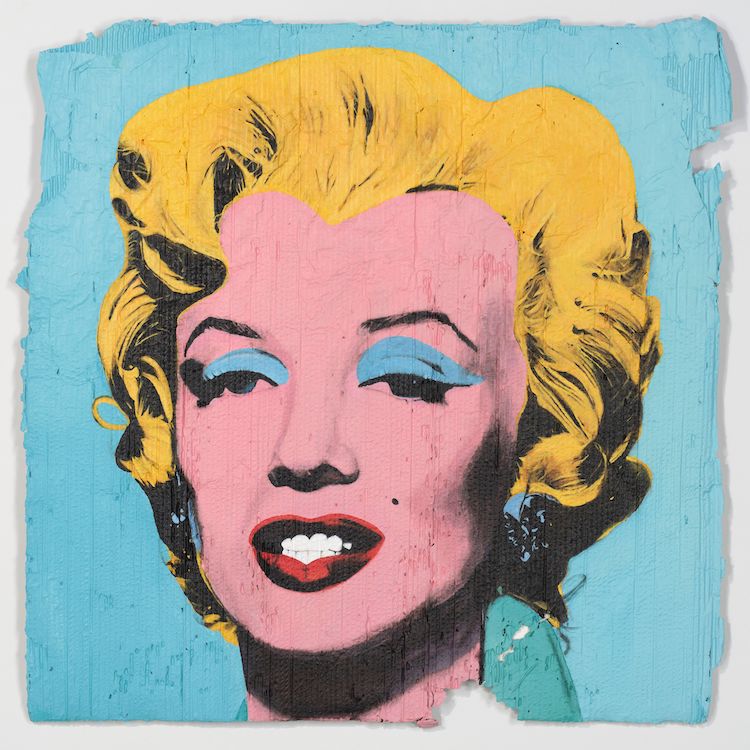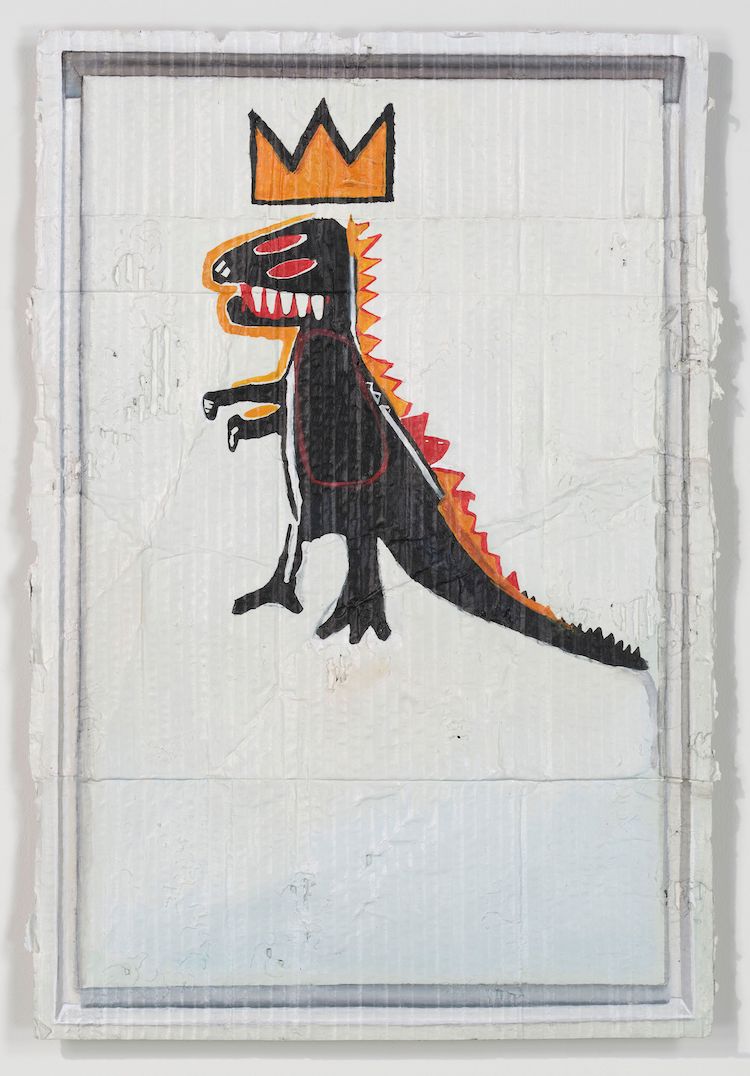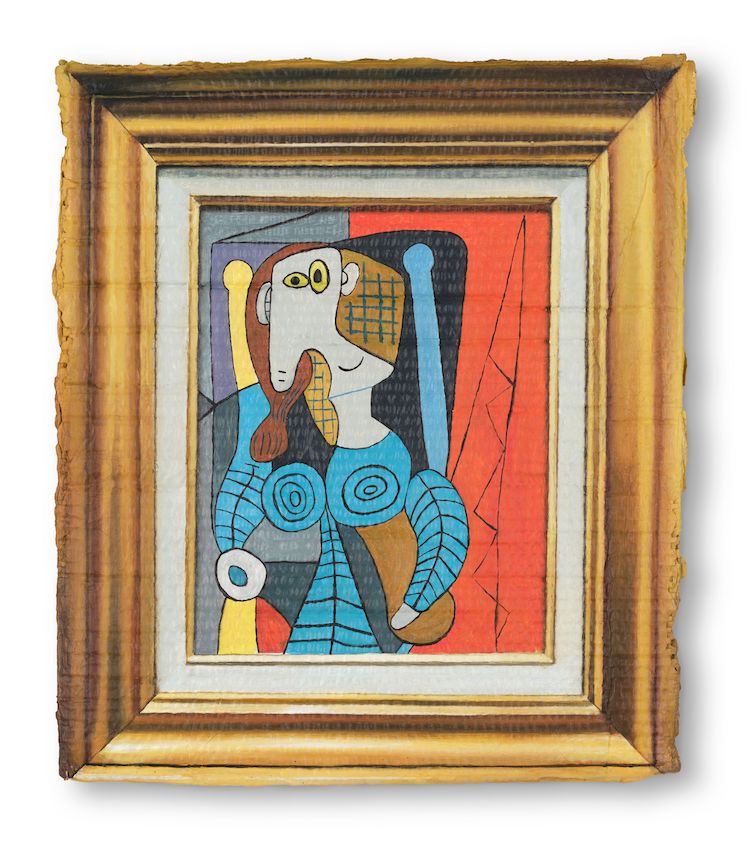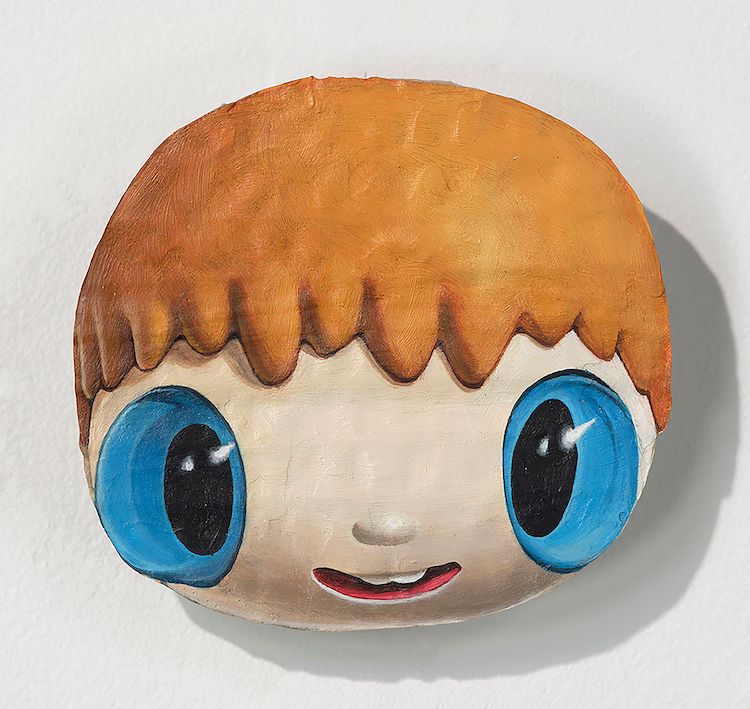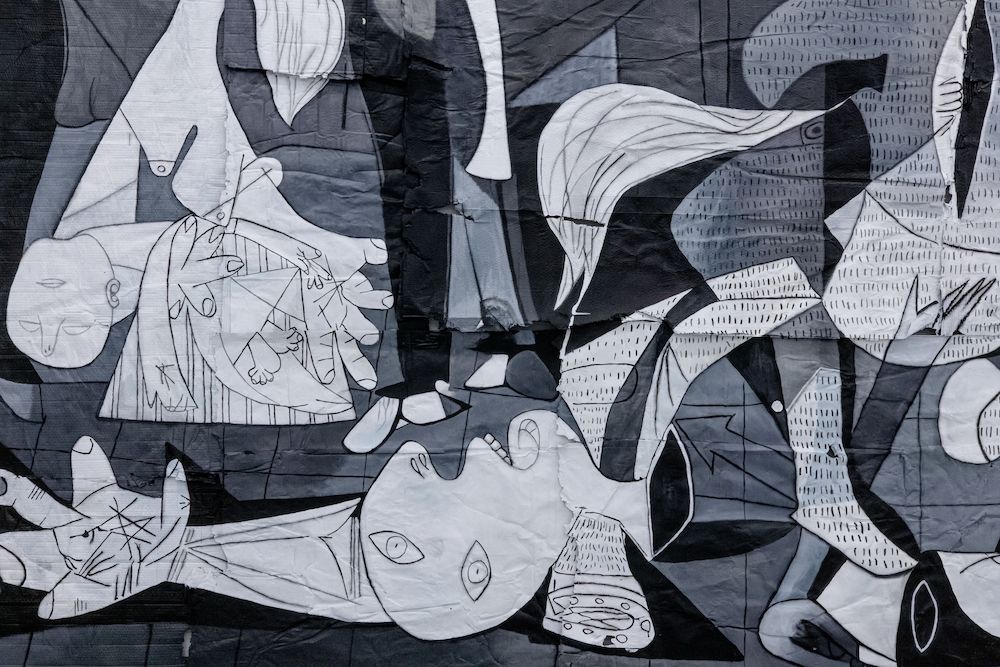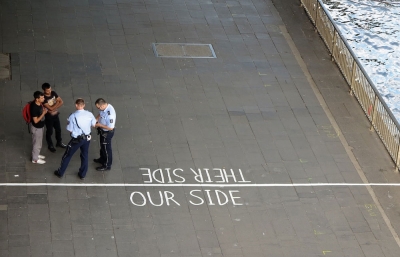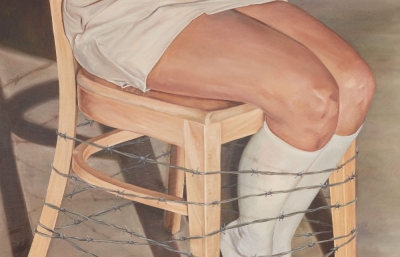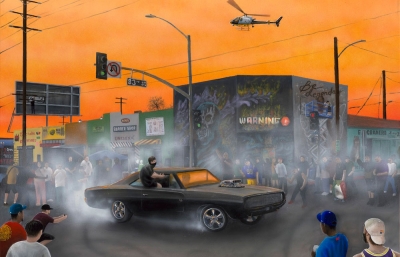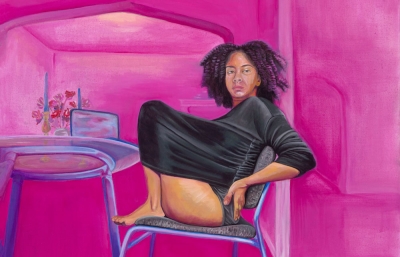Nanzuka is pleased to present Wunderkammer, a solo exhibition of new works by Spanish artist Julio Anaya Cabanding. This marks Cabanding's first large-scale solo presentation at Nanzuka Underground, following his small edition show last year.
Cabanding begins his creative process by collecting waste pieces of cardboard, plasterboard, and wooden boards, using these discarded materials and dilapidated city walls as his support medium upon which to paint widely recognized works of art including the likes featured in textbooks. Such is a counteraction against a system that attempts to deify art, and at the same time, could be considered as the ultimate form of painting conceivable within our ecosystem.
Just as Marcel Duchamp had once introduced a ready-made urinal into the space of the museum, Cabanding takes a famous painting from art history out of the museum context and into the city. Although both artists challenge the extent to which the highbrow presence of art could be made more familiar and accessible, they endeavor to achieve this through entirely opposite methods. Cabanding's works may appear to be a variant of appropriation art, yet they also touch upon themes of museums and public space (the street), as well as the durability and the value of art. In this respect, the works could be defined as a new form of 21st century art that attempts to raise questions regarding the conditions of the current art system which heralds and places emphasis on museum institutions and academism.
The title of the exhibition, Wunderkammer, which translates into English as "Cabinet of Curiosities," refers to cabinets that emerged in the late Renaissance and Baroque periods that were used to present collections of notable objects of various origins.For this exhibition, Cabanding has created works that imitate dinosaur fossils, ancient Egyptian mummies, the creations of Picasso, Matisse, Van Gogh, Hokusai Katsushika, Warhol, Basquiat, and everything from sneakers to Astro Boy toys, and even the works of Hajime Sorayama and Javier Calleja, and displays them in a cabinet format. In addition, a painting of Picasso's Guernica produced to about the same scale as the original work, will be presented in the first-floor gallery space.







